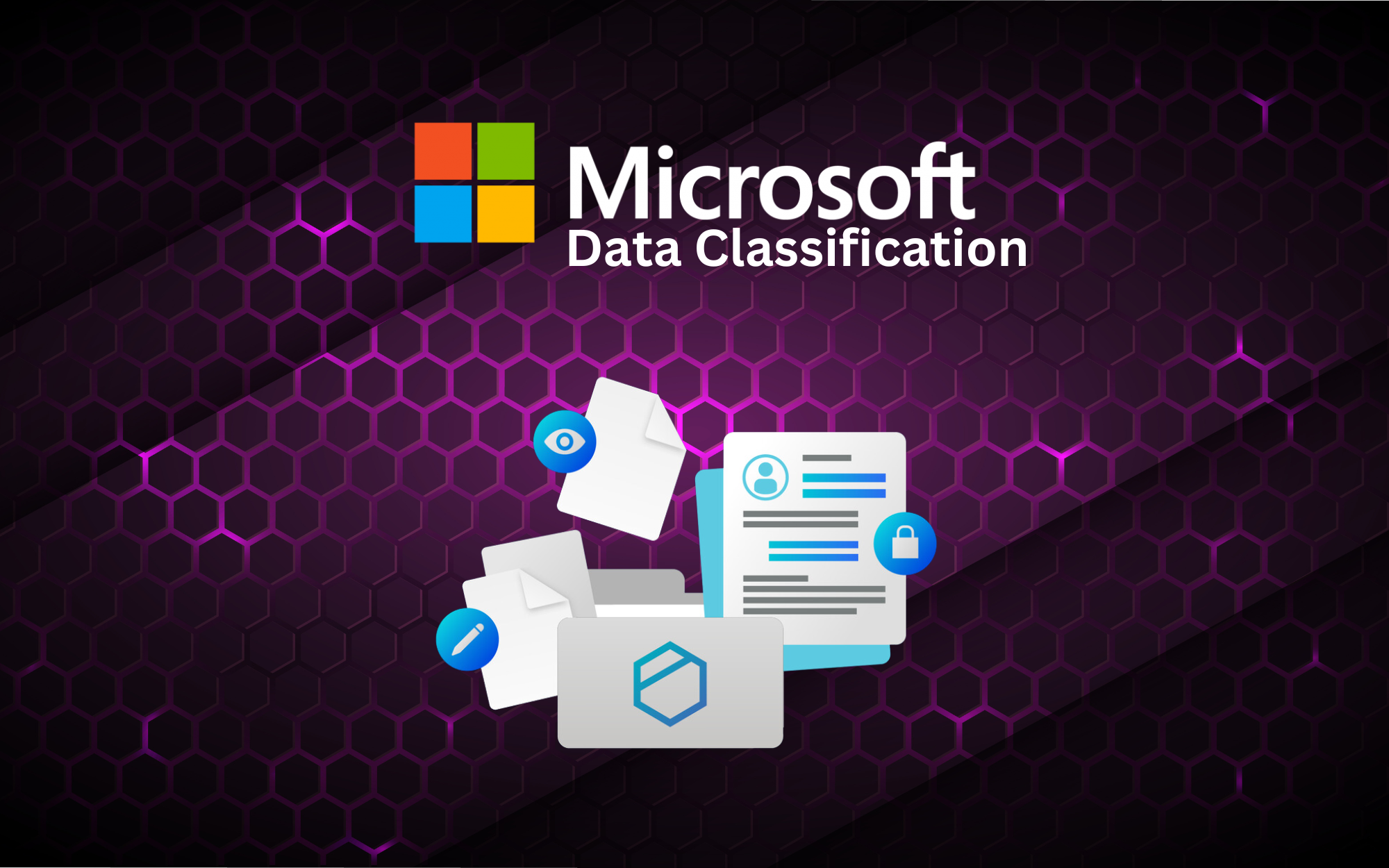Enhancing Information Security with Data Classification in Microsoft Ecosystems

In today's increasingly digital world, data classification has become an essential strategy for bolstering information security and ensuring compliance. This guide explores how data classification functions within various technological ecosystems, with a special focus on Microsoft 365, and provides use cases and step-by-step instructions to help organizations implement effective data management practices.
What is Data Classification?
Data classification is the process of organizing data into categories that make it easier to manage and secure. This practice aids businesses in applying effective risk management and adhering to legal and contractual obligations. It provides a structured approach to handle data based on its sensitivity and importance to the organization.

Use Cases and Implementation
Email Management in Outlook 📧
Scenario: Drafting an email within your IT department.
Steps:
- Assess the sensitivity of the email content.
- Use the “Sensitivity” option from the menu to apply the appropriate label (e.g., “Internal”).
Document Management on OneDrive and SharePoint 📁
Scenario: Storing a file on OneDrive.
Steps:
- Create or upload a file.
- Open the file, select ‘Sensitivity’ from the options, and choose the appropriate label.
Collaboration and Label Retention in Teams 🤝
Scenario: Collaborating on documents within Microsoft Teams.
Steps:
- Open a document in Teams or SharePoint.
- The label remains intact during collaboration, unless content changes necessitate reclassification.

Automatic Labeling and Protection 🛡️
Automatic labeling systems can detect sensitive information (such as Personally Identifiable Information or financial data) and automatically apply a label indicating that the content requires special handling.
How Microsoft Enhances Data Classification
Microsoft 365 integrates advanced data classification tools directly into its productivity suite, making it seamless for organizations to maintain compliance and secure sensitive information:
- Integrated Classification Tools: Microsoft 365 includes built-in features for data classification across its applications, such as sensitivity labels in Outlook, Word, Excel, and Teams. This integration ensures consistency in how data is handled across different platforms.
- Advanced Threat Protection: Microsoft 365's security capabilities are enhanced with automated policies that help prevent data breaches by identifying and acting on data that is incorrectly labeled or mishandled.
- Compliance and Governance: Microsoft provides comprehensive compliance monitoring tools that help organizations meet legal and regulatory requirements efficiently, reducing the risk of non-compliance penalties.
Benefits of Effective Data Classification
- Improved Security: Ensures that sensitive information is secured against unauthorized access, reducing the risk of data breaches.
- Compliance Ease: Facilitates adherence to a variety of compliance needs and legal obligations, streamlining audits and regulatory reviews.
- Efficient Data Management: Simplifies the management and accessibility of data within an organization, enhancing productivity and operational efficiency.
Conclusion
Data classification is not a one-time action but a continuous process that adapts to new data inputs and evolving business needs. Implementing a robust data classification strategy is crucial for any organization that takes its information security seriously. With the help of Microsoft 365's integrated tools, organizations can not only classify but also protect and manage their data more effectively, setting a foundation for secure and compliant data handling practices.

